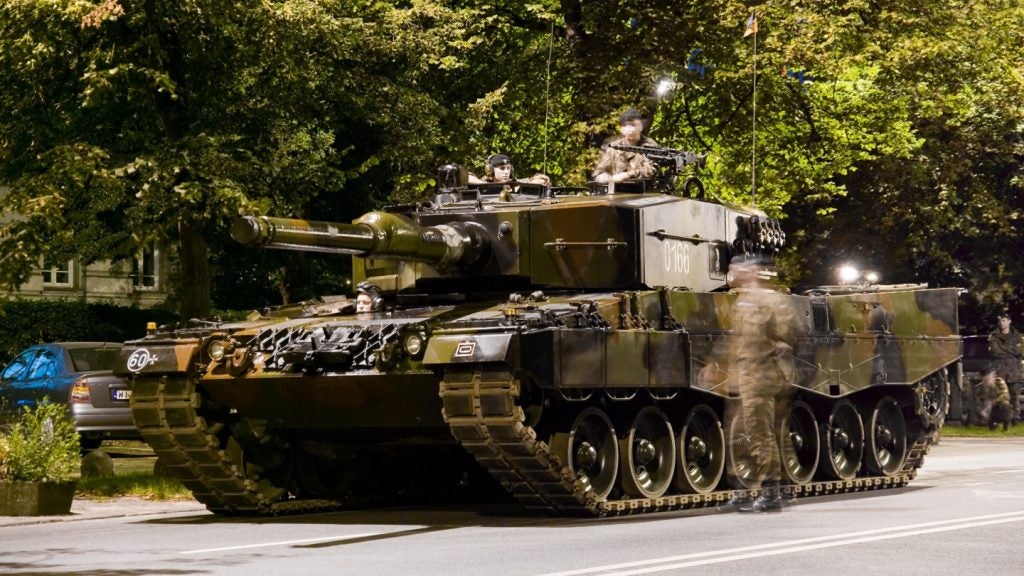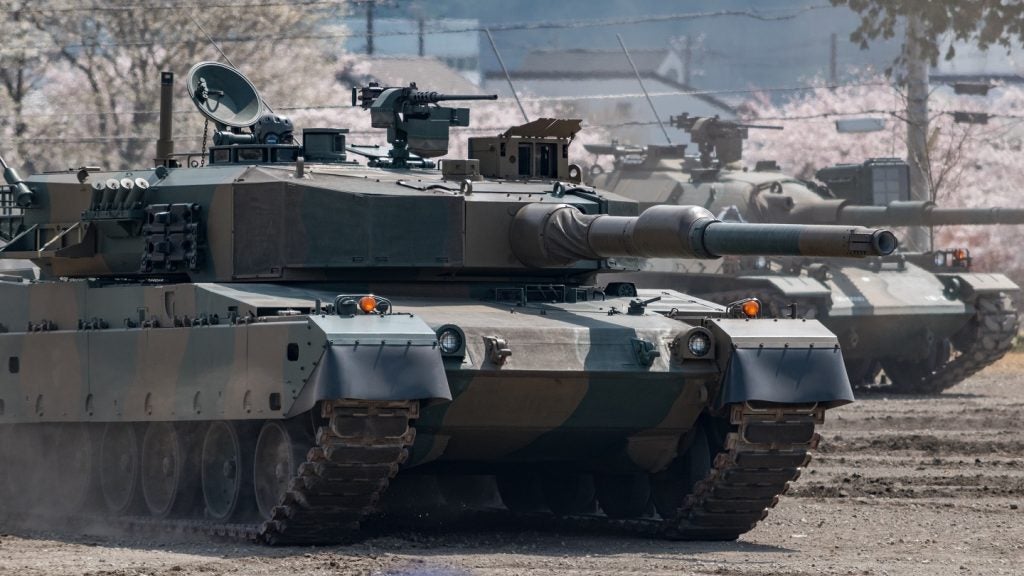
When the term ‘digital transformation’ is mentioned, the chances are that the defence sector isn’t the first industry that comes to mind when envisaging transformation projects. But as with nearly all industries, it is undertaking a comprehensive digital evolution to keep up with the pace of technological change. In fact, digital progress in defence is arguably more important than any other sector, both to keep the country safe in the face of physical and digital threats and to make sure we are prepared for new forms of warfare.
Defence organisations face similar challenges to most other organisations in knowing where to allocate resources, how to mitigate business risks, and how to increase levels of cybersecurity both during and as part of these transformation projects. But above all, the defence sector faces greater pressure to enable and deliver cutting-edge technologies, than any other.
However, while the speed of technological change is ever accelerating, the defence sector should carefully consider its pace of adoption, seeking expert and reliable advice to ensure it takes a strategic, mature, and logical, approach to digital evolution.
The relentless nature of the cyber landscape
One of the biggest considerations and challenges when it comes to technology in the defence sector is cybersecurity. While it’s a threat all businesses come up against, defence organisations are arguably one of the biggest targets. The problem is that when the defence sector falls victim to an attack, it puts the whole country at risk.
Unfortunately, out-of-date, legacy technology persists in many areas of the public sector and its impact on national security presents a pressing issue for the government.
How well do you really know your competitors?
Access the most comprehensive Company Profiles on the market, powered by GlobalData. Save hours of research. Gain competitive edge.

Thank you!
Your download email will arrive shortly
Not ready to buy yet? Download a free sample
We are confident about the unique quality of our Company Profiles. However, we want you to make the most beneficial decision for your business, so we offer a free sample that you can download by submitting the below form
By GlobalDataThe need to update this technology infrastructure is, therefore, an urgent priority. This is especially true in recent years, as nation-states began to wage war online rather than solely engaging in battles on the ground.
This means that when the defence sector embarks on its technological evolution, it not only needs flexible, agile and reliable infrastructure, but one with sophisticated cybersecurity and high-speed connectivity built in.
Taking it slow
Emerging technologies that support these requirements are already making a substantial impact in many scenarios, but they aren’t, and cannot be, introduced overnight. Behind every successful deployment is a journey of digital evolution, with every change and every update introduced in a controlled and incremental fashion. IT teams across the sector cannot simply identify and implement new systems or technologies without considering what infrastructure is needed to underpin them. Each must be assessed for compatibility with legacy infrastructure, so organisations can put the building blocks in place to make these cutting-edge technologies a success when they are deployed.
This may seem ironic given defence is naturally a fast-paced sector, thwarting physical and digital threats before the rest of the world even knows they exist. However, its ability to digitally transform at such a pace is not yet possible. Innovate too fast, and the consequences could be dire. It, therefore, needs to take a slow and considered approach, in other words, controlled innovation.
Tackling digital evolution with a mature and logical approach
Tackling digital transformation at this considered pace needs people with the right skills, knowledge and maturity, especially when it comes to engineers, who need to work within well-defined and documented constraints.
But finding and retaining these skills is a challenge for the industry. This is made especially difficult when the sector is wrestling with tight budgets and the need to find candidates with the right security clearance.
Working with a third party with deep experience in the defence sector can help to overcome these challenges. A technology partner like this can provide access to engineers who can work independently and have the right security clearance. This takes the burden off the defence sector to find the right candidate from what is currently a very small pool.
Working with third parties can also help to take the complexity out of large-scale digital transformation projects, delivering mission-critical results across all levels of an organisation.
Slow and steady wins the race
The nature at which the digital landscape is moving can make it tempting to try and match its speed with a fast approach to digital evolution. However, taking this approach all too often involves tactical solutions instead of strategic ones. In other words, solutions with only the short-term in mind.
For the defence sector that is responsible for keeping our country safe, this isn’t good enough. It has been said that slow and steady wins the race, and that is most certainly the case here.
Peter Clapton, CEO, Vysiion







